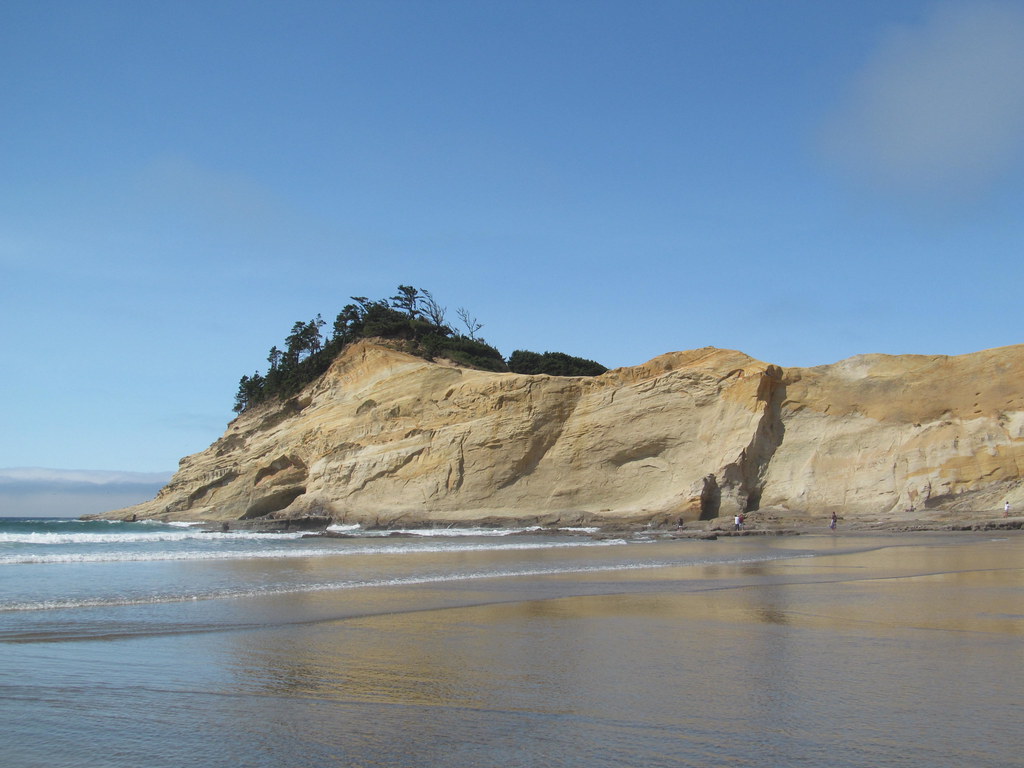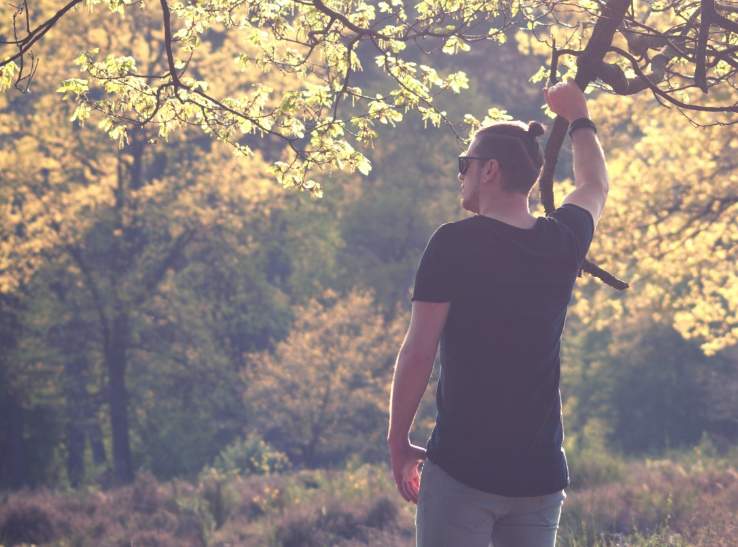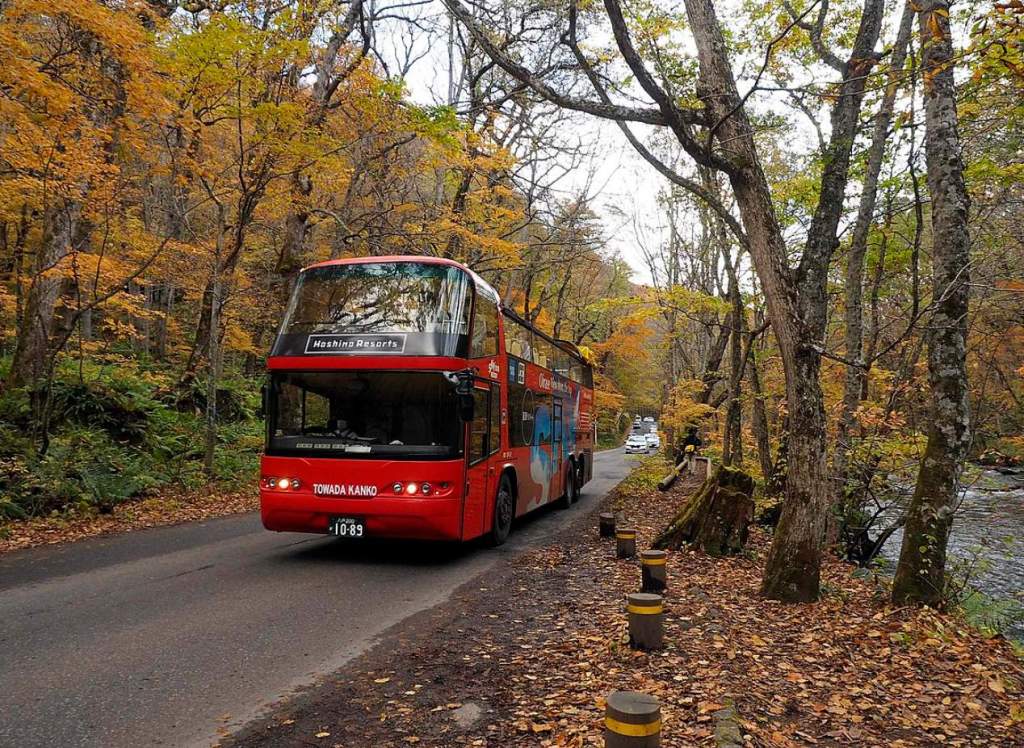The Pacific City and Cape Kiwanda: As you walk towards the shore of the Pacific City, the sight of Haystack Rock will immediately grab your interest. Its height is 327 feet. This sea stack is more than 100 feet higher than the similar-looking rock at Cannon Beach. The mile-long sea stack is visible from the ocean. The monolith exhibits a mysterious look that attracts the attention of anyone who passes by. If you look closely, you’ll see why people describe it as Teacup Rock.
The tawny sandstone mountain escarpment of Cape Kiwanda is just half an hour away, located just a half mile from Pacific City, and frames the northern end of the beach. Amid storms, this is undisputedly the king of rock and roll, as long as you look at the coffee table books or calendar images. Although other sandstone cliffs along the northern coast were smashed into sandy beaches by waves that battered them, it’s believed that Kiwanda can stand the test of time thanks to the buffering power of Haystack Rock. In any event, hang-gliding enthusiasts are grateful that the coast is located here.

They climb up the ridge’s shoulders and then set their feet on the North Slope to glide across the dunes and the beach. The little town located in Pacific City, with about 1,000 residents, is located at the bottom of Cape Kiwanda. It has been attracting increasing numbers of retirees and vacationers, yet it remains faithful to its 19th-century roots as a fishing community that worked. Apart from the breathtaking beaches and recreational activities, when you are here at the right time of the day, you could be treated to an unforgettable event: the release or return of the dory boat. This tradition dates from the 20th century, when Gillnetting was prohibited at the Nestucca River to protect the diminishing salmon runs.
To sustain their lives, commercial fishermen began to drag flat-bottomed, double-ended dories from the beach using wagons pulled by horses before rowing out into the waves to catch fish. Today trucks and trailers transport the boats from and to the beach, and outboard motors are replacing the oar and allowing the dories to sail 50 miles towards sea. If you arrive at 6 am, you’ll be able to see them take off.
The fleet’s return in the late afternoon draws a large crowd who arrive to watch the dory drivers speed their craft as high as they can until they reach the boat trailers waiting to be loaded. Other people gather at the dories to purchase tuna and salmon. In mid-July, Dory Days celebrate the area’s fleet of boats.
The three-day celebration includes food and craft booths, a pancake breakfast, a fishing derby, as well as other events. If you’d like to join in with the anglers on an ocean fishing trip in the summertime in a dory, call Haystack Fishing, across from the beach close to the Inn in Cape Kiwanda. Furthermore, the Pacific City area is besieged by surfers, who can enjoy the longest waves along the Oregon coast.
Robert Straub State Park, located just south of town, provides an access point to Nestucca Bay and to the dunes, as well as a continuous stretch of the beach. Pacific City surfers should use extreme caution when dories come back on the beaches. The dories are about 4.5 miles to the north of Pacific City on the Three Capes Loop Road, The Clay Meyers Natural Area at Whalen Island (4.5 miles north of Pacific City on Sandlake Rd.). It has a tiny camping area that is managed by Tillamook County. It’s an open, sandy area with a boat launch as well as flush toilets. Nearby trails for hiking through wetlands offer a stunning view of the coastline of the Sand Lake Estuary.












